team

Benoit
Faiveley
Benoit Faiveley is an engineer (specialized in space and acoustic technologies), producer, and former journalist, based in France and abroad. Sanctuary is the culmination of years of work. The goal is to create a logical continuation of Voyager Golden Records: to inspire dreams, and to communicate about science, art, and space exploration. For Sanctuary, he is developing, alongside the creation of the physical object and disc content, a cultural ecosystem built around various media.
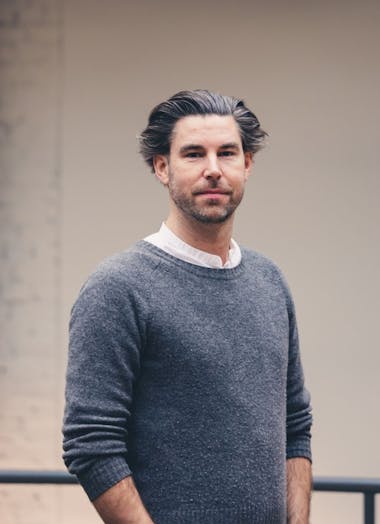
Mario
Freese
Mario is an engineer, creator and freelance designer. After graduating from TU Darmstadt with a Dipl. Ing. in Architecture, Design and Engineering he worked on a wide variety of projects for the space and aviation industry. His information graphics artworks have been showcased in galleries in Paris, Berlin, Los Angeles. Mario is part of Sanctuary as art director for various media and, foremost, the discs, stretching from the proof of concept Version 1 of the discs to totally redesigned new editions of the 5 time discs over the next 2 years.

Sébastien
Carassou
Sébastien Carassou holds a PhD in astrophysics and is an independent science communicator and author. He co-hosts the YouTube channel "Le Sense of Wonder" and has written numerous popular science books, documentaries, and podcasts covering astrophysics, cosmology, astrobiology, Earth system sciences, and space exploration. Since 2024, he has been the scientific coordinator of the Sanctuary on the Moon project.

Julien
Couvrand
For nearly three years, he has been co-developing the Sanctuary project, which he supports with both rigor and intuition. With 15 years of experience, he combines expertise in communication strategy, social media, and project management. He led the digital strategy for institutional events such as COP21 and COP22.

Karima
Benamer
For almost three years, she has passionately supported the Sanctuary project, bringing to it 15 years of experience in communication strategy, foresight, and social media. An expert in institutional communication, influence, and executive consulting, she has contributed to projects for WWF, SNCF, and COP22, always with a sensitive, committed, and creative approach.

Romain
de la Rochefordière
Romain de la Rochefordière is in charge of Strategic Partnerships for the Sanctuary project. With 10 years of experience supporting initiatives that combine innovation, culture, and impact, he has led fundraising, lobbying, and visibility strategies for ambitious projects. He now applies his expertise in partnership development and public relations to Sanctuary.
A team of scientists, engineers, astrophysicists, paleontologists, cosmologists particle physicists, cartographers graphic designers and artists form the core of Sanctuary.
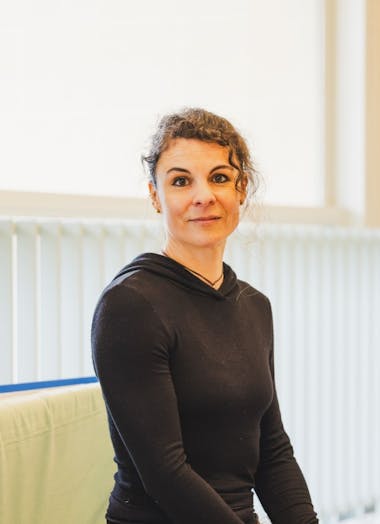
Hélène
Fournié
Hélène Fournié is a medical and scientific illustrator. She began her career specializing in neuroanatomy (Dr. D. Hasboun / Pitié-Salpêtrière - O. Vallet Prize) and has been working as a freelance illustrator for over 20 years, collaborating with public and private institutions, specializing in science and medicine. For the Sanctuary project, she illustrated human embryology and anatomy and is currently working on temporal concepts applied to the living world and the history of our planet.

Roland
Lehoucq
Roland Lehoucq is an astrophysicist at the CEA in Saclay. He is also a lecturer (Université Paris Cité, ENS Paris-Saclay, INSTN) and the author of numerous works that explore the dialogue between science and science fiction. Since 2012, he has been the president of Utopiales, the international science fiction festival in Nantes. The asteroid (31387) Lehoucq was named in his honor, recognizing his dedication to the dissemination and sharing of knowledge.
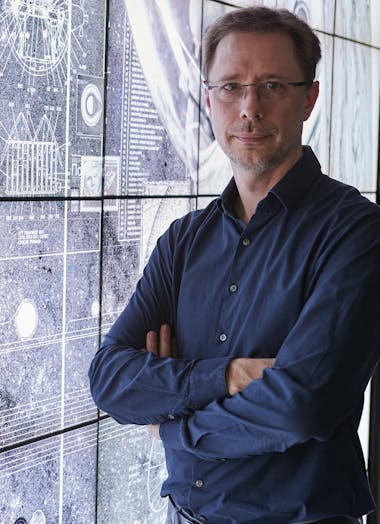
Emmanuel
Pietriga
Emmanuel Pietriga has been a researcher in Computer Science at the INRIA Saclay Center for over 20 years. He is also Part-time Professor at École Polytechnique. His research focuses on Human-Computer Interaction, particularly augmented reality, data visualization, and interactive cartography. Passionate about astronomy, he worked in Chile for two years and contributed to the design of control room interfaces for the ALMA (Atacama Large Millimeter/submillimeter Array) and CTA (Cherenkov Telescope Array) observatories.
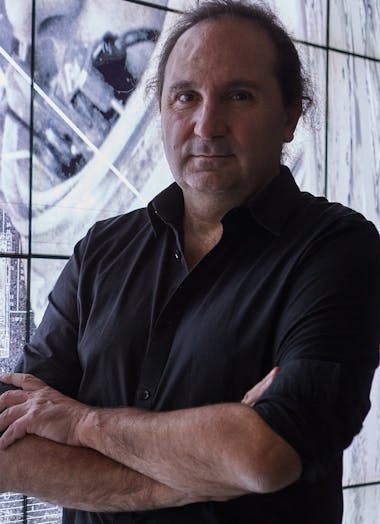
Jean-Philippe
Uzan
Jean-Philippe Uzan is a research director at CNRS. Specialist in gravitation and cosmology, he works at the Paris Institute of Astrophysics. He was deputy director of the Institut Henri Poincaré and is an affiliated researcher at Kyoto University. He has published a number of books for the general public, including L'harmonie secrète de l'uivers (2017), Big-Bang (2018), L'importance des constantes (2020) and Une histoire populaire de l'univers (2025), and for young readers (including L'appel de l'univers in 2024).
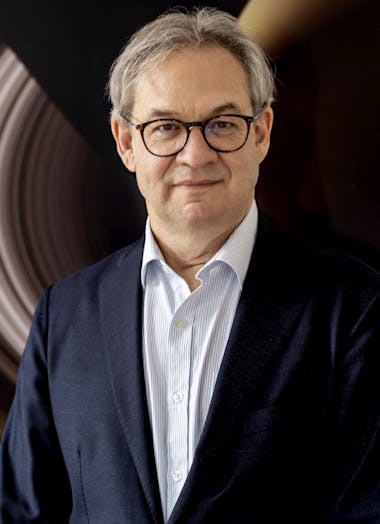
Michael
Benson
Michael Benson, artist, author and filmmaker, has built a wide-ranging creative practice. His work spans large-format photography, nonfiction books, essays, illustrated volumes, films and visual-effects sequences. His new book, Nanocosmos: Journeys in Electron Space (Abrams, October 28, 2025, 320 pages) is a visual exploration of natural design using scanning electron microscope technologies. His initiative to bring Sanctuary to NASA led to the project’s acceptance for an upcoming lunar mission under the agency’s CLIPS program. He is currently curating four of Sanctuary’s discs.
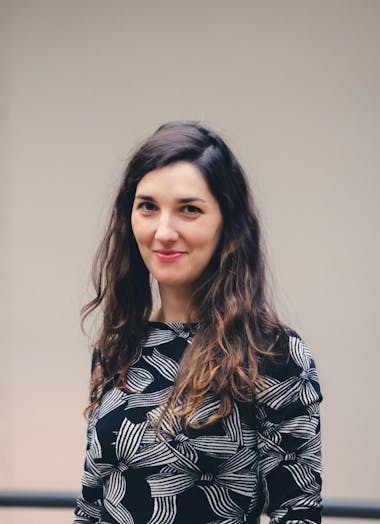
Lydie
Lescarmontier
Lydie Lescarmontier is a glaciologist by training, specializing in the impact of climate change on the polar ice sheets. After 15 years working in research and in a UNESCO center for climate change education, she now works as a consultant for scientific, educational and cultural projects on climate and the polar regions. In 2021, she published La Voix des Pôles with Editions Flammarion.

Benoit
Mauvieux
Associate Professor at the University of Caen / UR VERTEX 74.80, chronobiologist and physiologist specializing in extreme environments, Benoît Mauvieux studies the mechanisms of human adaptation in extreme conditions. Recently, he participated as a scientist in the Deep Time experiment, where 15 individuals were confined in a cave for 40 days to study the social influence of a group on biological clocks and their desynchronization in the absence of time cues and natural light.
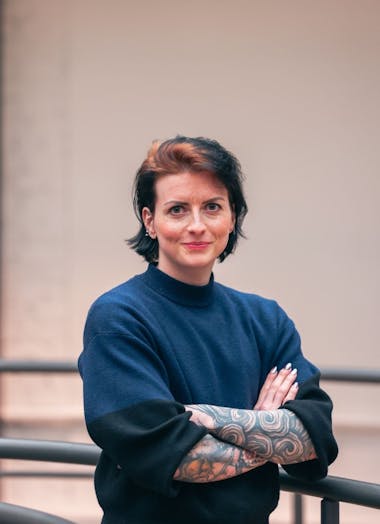
Fleur
Hopkins-Loféron
Fleur Hopkins-Loféron is an art historian specializing in scientific imaginaries. She recently published Voir l’invisible. Histoire visuelle du mouvement merveilleux-scientifique. Her latest essay, Les Nouveaux fakirs, explores the fascination with eroticism and dolorism among fakirs. Her current research focuses on the dark academia subculture and antispeciesism in science fiction imaginaries.

Jean-Sébastien
Steyer
J.-Sébastien Steyer is a paleontologist at the CNRS and the National Museum of Natural History in Paris. He is also a lecturer and exhibition curator. A specialist in Pangean faunas, he travels the world in search of fossils. He has authored around a hundred scientific articles and about twenty popular science books, including the bestseller Earth Before the Dinosaurs. He regularly collaborates with artists on Science & Art projects.
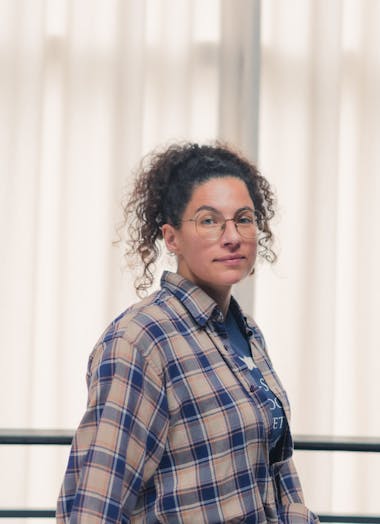
Anaïs
Cario
Anaïs Cario is a microbiologist specialized in the study of deep-sea hydrothermal vents. Research scientist at the CNRS, she is part of the "Supercritical Fluids" group at the ICMCB (Institute of Condensed Matter Chemistry of Bordeaux). Her work explores the evolutionary strategies used by microorganisms to survive under extreme conditions. She is also involved in the synthesis of prebiotic molecules to identify the most favorable conditions for the origin of life.

Guillaume
Monnain
Guillaume Monnain is a graphic facilitator and illustrator, specializing in scientific content. With a scientific background, he worked for 13 years in the pharmaceutical and biomedical industry and then 3 years in a scientific mediation association. He created his company AKENIUM in 2016, dedicated to scientific communication and popularization. He thus offers graphic solutions to promote the understanding, memorization and sharing of scientific and technical content : live drawing and modeling, scribing, sketchnoting and videoscribing.
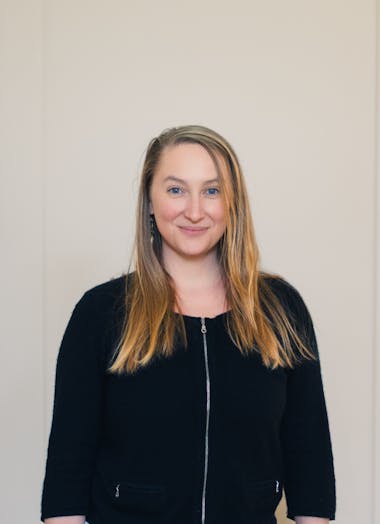
Michelle
Fournet
Michelle Fournet is an acoustic ecologist specializing in marine animal communication and human impacts on marine ecosystems. Assistant Professor at the University of New Hampshire, she directs the Sound Science Research Collective. Her research spans on Arctic marine mammals, sub-tropical fish, and temperate invertebrates, with a specific emphasis on North Pacific humpback whales.

Franck
Selsis
Franck Selsis is an astrophysicist and research director at CNRS. His research focuses primarily on the origin, evolution, and diversity of planetary atmospheres. He also studies exoplanet atmospheres, particularly using the James Webb Space Telescope, and explores planetary habitability as well as the diversity of potentially habitable climates.

Aurélie
Bordenave
French visual artist and designer, Aurélie Bordenave has supported project leaders in communication and scientific mediation to share knowledge with the broadest possible audience. She creates tailored visual and narrative designs, including stop motion, posters, and comics. Recently, she designed the comic for SVOM, a French-Chinese astrophysics project, both as an artist and an independent editor. Aurélie draws during special events as a graphic reporter: whether her drawings are projected live or shared later.
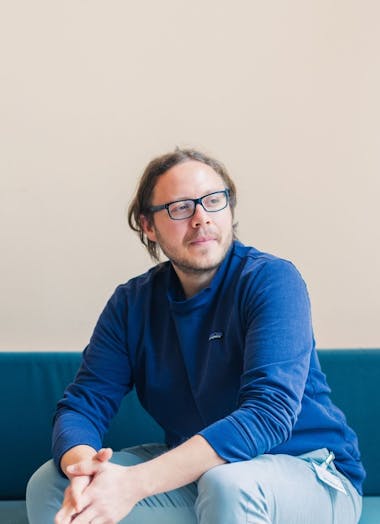
Martin
Turbet
Martin Turbet is a Planetologist, researcher at the CNRS at the Laboratory of Dynamic Meteorology, and associate researcher at the Astrophysics Laboratory of Bordeaux. His work focuses on the past climates and habitability of Mars, Venus, and Earth, as well as the diversity of rocky exoplanets. He has contributed to the detection and characterization of temperate rocky exoplanets, particularly in the TRAPPIST-1 system, using the James Webb Space Telescope.
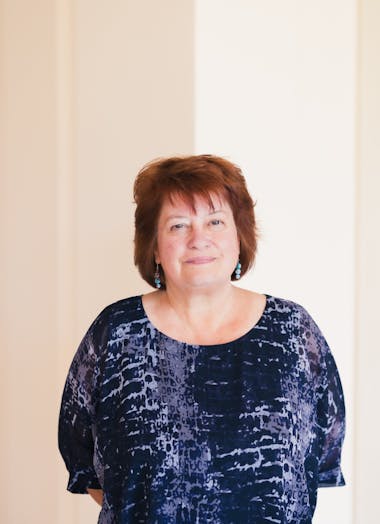
Veronica
Strang
Veronica Strang is a cultural anthropologist specializing in societies' engagements with water, beliefs in water deities, and non-human rights. In 2007, she was awarded an international water prize by UNESCO, and in 2019, she was elected a Fellow of the Academy of Social Sciences. Some of her key publications include "The Meaning of Water" (2004), "Water: nature and culture" (2015), and "Water Beings: from nature worship to the environmental crisis" (2023).
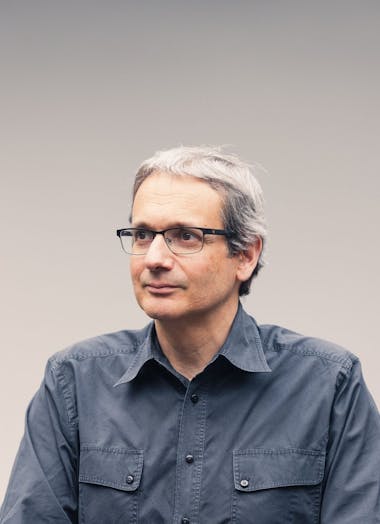
Hervé
Cottin
Hervé Cottin, astrochemist, is a professor at the University of Paris-Est Créteil (UPEC) and conducts his research at the Laboratoire Interuniversitaire des Systèmes Atmosphériques (LISA). He studies the origin and evolution of organic matter in the Solar System. He has coordinated astrochemistry experiments conducted outside the International Space Station and participated in the comet exploration mission ROSETTA as well as the Martian mission ExoMars/Rosalind Franklin.

Myrtille
Hunault
Myrtille Hunault is an engineer from ESPCI Paris – Université PSL and holds a PhD in materials science from Sorbonne Université. An expert in the interaction between light and matter, she works as a scientist on the “MARS” light line at the SOLEIL synchrotron. Her research combines physics, chemistry, biology, and art history. In 2022, she co-created Inestimabile Vitri Decus stained-glass window, the first work of art to use synchrotron radiation.
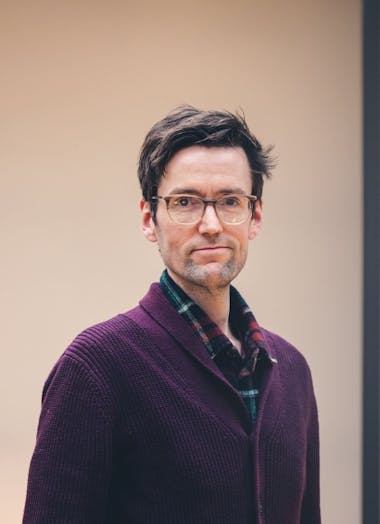
Richard
Fisher
Richard Fisher is a writer, editor, and lecturer, specializing in science, technology, and long-term thinking. He is a senior editor for Aeon magazine, an honorary professor in science communication at University College London, and contributes to The New York Times, The Observer, Vox, and New Scientist. A former journalist and managing editor at the BBC, he is the author of the non-fiction book "The Long View" (2023), which explores how we perceive time.
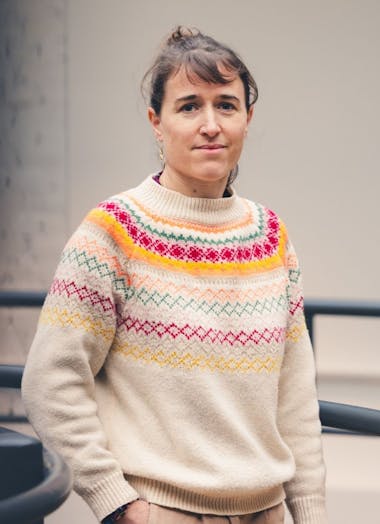
Alice
Varoquaux
Alice Varoquaux, alias Lili Walix, has been working as graphic popularizer since 2018, for universities and research institutes such as the CEA and the CNRS. She put her experience as an engineer and her pencils at the service of scientific and technical popularization. She also works for publishing houses, for example by illustrating the book for the general public "Incroyable Microbiote!" published by Leduc, or youth magazines such as "Les Curionautes des sciences" published by Milan and "L'Eléphant junior" published by Scrinéo.
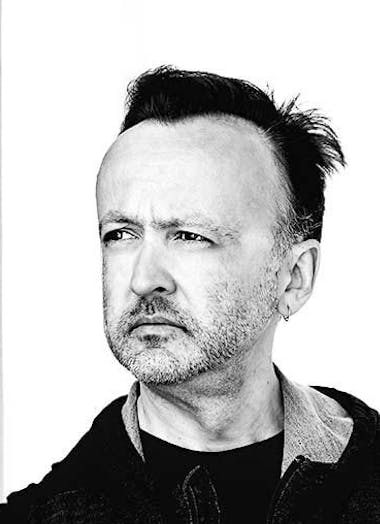
Martin
Krzywinski
Creative and curious, he designs visualizations that blend analytical precision with artistic expression. In 1999, he built the computing systems for the Genome Sciences Center. Inventor of port knocking and creator of Circos and hive plots, his work has appeared in Nature, Science, Wired, and the New York Times. He teaches scientific visualization and advocates for clear, thoughtful communication of data.
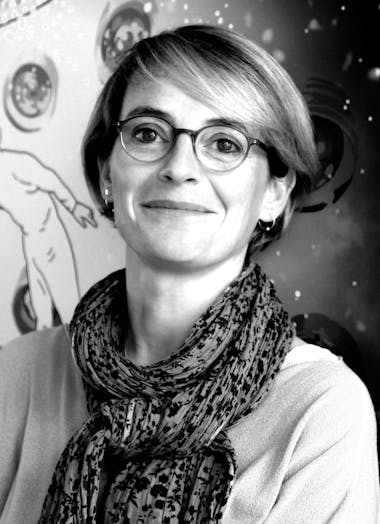
Nathalie
Besson
Particle physicist at the CEA, she has dedicated her career to exploring the most fundamental constituents of matter. After completing a PhD focused on neutrinos, she turned her attention to more massive particles, first working on the Higgs boson at LEP, then on the Z and W bosons as part of the ATLAS experiment at the LHC. She also teaches special relativity and particle physics at École Centrale, sharing her infectious enthusiasm for her field and profession.
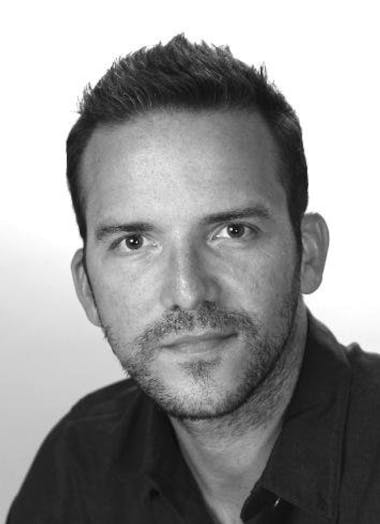
Manuel
Lima
RSA Fellow. TED Speaker. Design Lead, Startup Mentor, and Educator. Global Head of Design at Interos.ai. ex-Nokia, Microsoft, and Google. Author of 4 bestseller books. Spoke at 100+ events in 20+ countries, his talks have been watched by 3M+ people, and he has been featured in various magazines and newspapers, such as Wired, New York Times, Science, Nature, BusinessWeek, Creative Review, Fast Company, Forbes, Grafik magazine, Étapes, and El País.

Muriel
Gargaud
Muriel Gargaud is an emeritus research director at the Bordeaux Astrophysics Laboratory, where she has been studying astrobiology for more than twenty-five years. The author and editor-in-chief of around fifteen key academic and popular science books, she notably wrote La plus grande histoire jamais contée (winner of the “Science pour tous” prize), Mars and the Earthlings (Springer, 2024), and Le grand livre de l’exobiologie (Belin, 2025). She is also the vice-president of the European Astrobiology Institute.
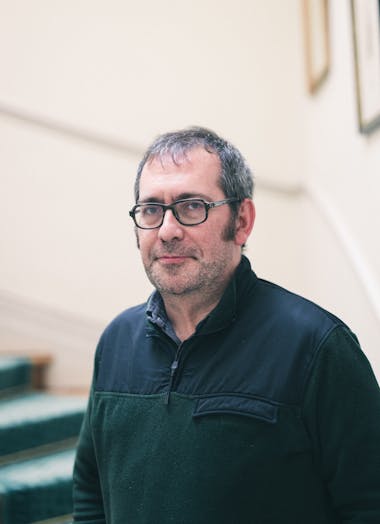
Thomas
Heams
He is an assistant professor in Animal Genetics at AgroParisTech (Paris-Saclay) and INRAE. His teaching and research include critical studies in animal biotechnology, epistemology of life and life engineering, history of sciences and evolutionary theories, animal ethics, and bioethics.
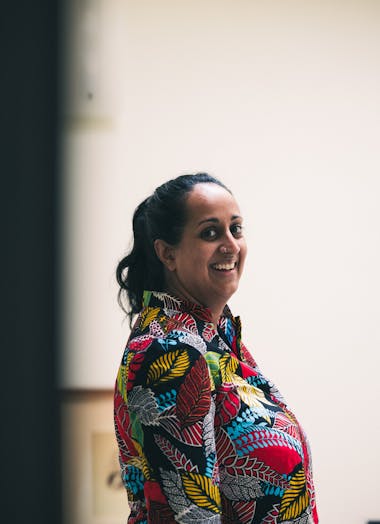
Ammie
Kalan
She is a field primatologist studying behavioral flexibility in great apes and its relevance to hominin evolution. She focuses on communication, tool use, foraging, and cultural traditions, as well as adaptation to human impacts and climate change. Her work, mainly with chimpanzees and gorillas in Africa, includes developing remote monitoring methods and extends to other primates.
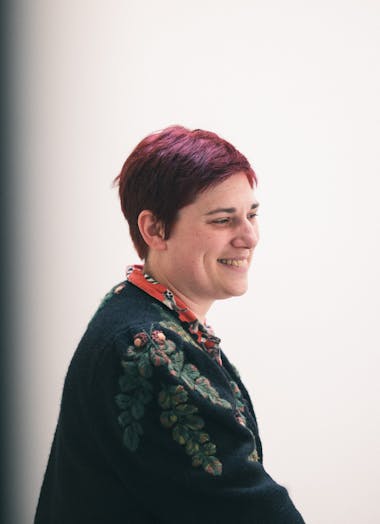
Agatha
Liévin-Bazin
Ethologist, specialized in prosociality, social cognition, and empathy in birds during her PhD. Today, she is an independent science communicator, sharing the wonders of animal behavior with diverse audiences through books, conferences, a podcast, guided tours in museums or in the wild, and drawings. In 2025, she received the Paroles animale award from the French Society for the Study of Animal Behavior (SFECA) for her science communication work.

Eléa
Héberlé
With a master’s degree in plant biology and a PhD in molecular and cell biology, Eléa Héberlé is a researcher in ethnopharmacology and an independent science communicator, dedicated to making the world of plants accessible to all. Active in several naturalist associations, she runs the Plantoscope blog, contributes to Podcast Science, and takes part in numerous science outreach initiatives such as Echosciences Grand-Est, Pint of Science, and the Scientific Game Jam.
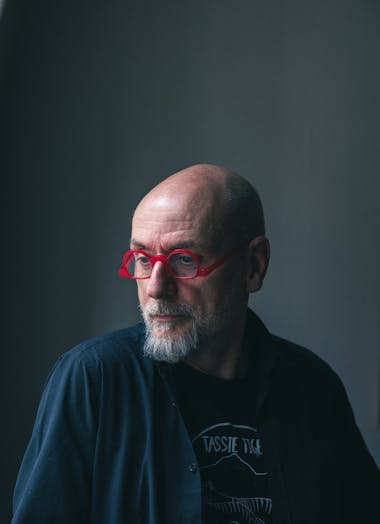
Guillaume
Lecointre
Guillaume Lecointre is a researcher and professor at the National Museum of Natural History in Paris. A systematist and zoologist, he studies evolution, the phylogeny of teleost fishes, and Antarctic biodiversity. The author of more than 155 articles and 43 books, he has received numerous scientific awards and is a member of the National Order of the Legion of Honour.
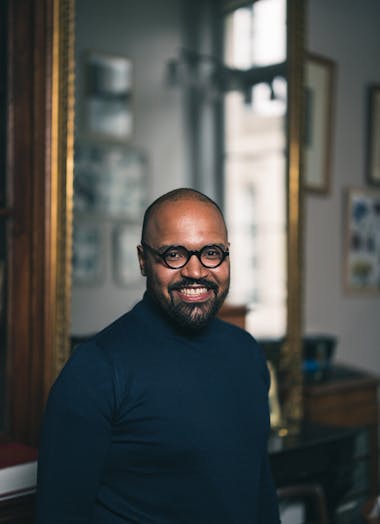
Guilherme
Fagundes
Environmental anthropologist, STS scholar, and filmmaker, he works on the technodiversity of ecological management. His research focuses on fire management and pyrodiversity in the Brazilian Cerrado, exploring Quilombola ecologies and conservation technologies through multimodal ethnography. Before becoming an Associate Professor at the University of São Paulo, he was a visiting scholar at Princeton (2021-2022), the University of Brasília (2019-2021), and the Collège de France (2017).
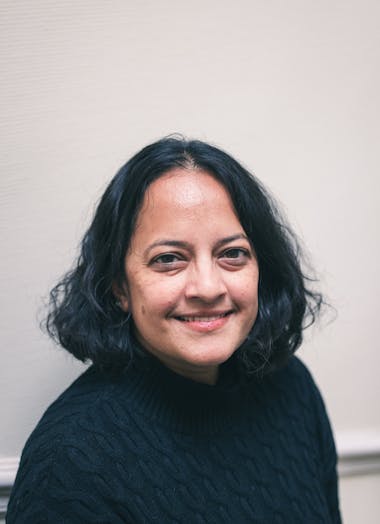
Krithi
K. Karanth
Dr. Karanth is CEO of CWS and an Adjunct Professor at Duke. For 27 years, she has studied the human dimensions of wildlife conservation, publishing over 150 scientific and popular articles. She has mentored more than 1,000 scientists and citizen scientists, and designed the award-winning programs Wild Seve, Wild Shaale, Wild Surakshe, and Wild Carbon. Collaborating with artists and filmmakers, she has received over 50 honors, including the Rolex Award, McNulty Prize, and National Geographic Explorer recognition.